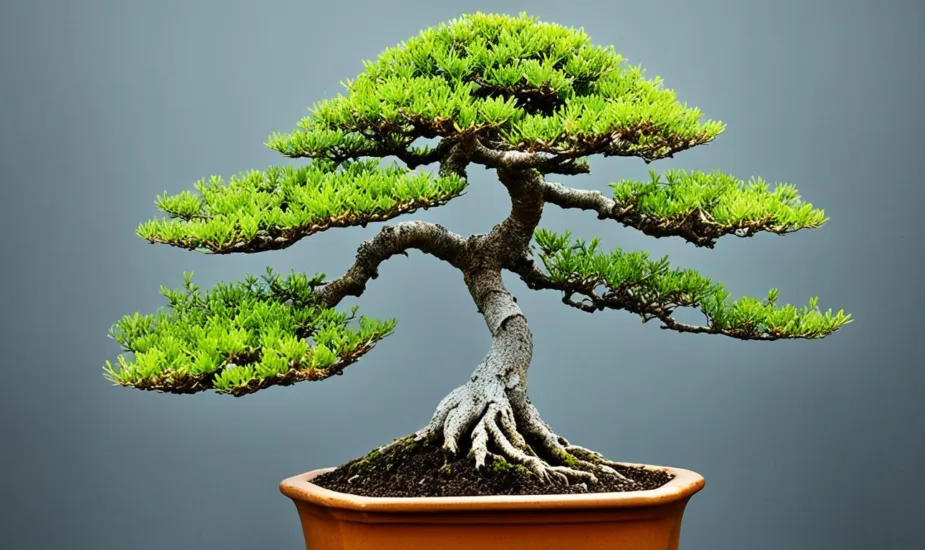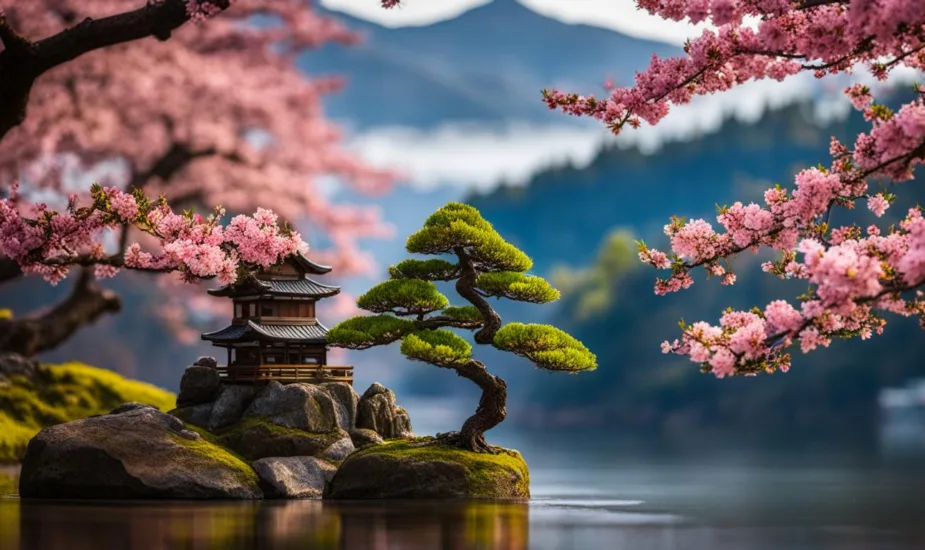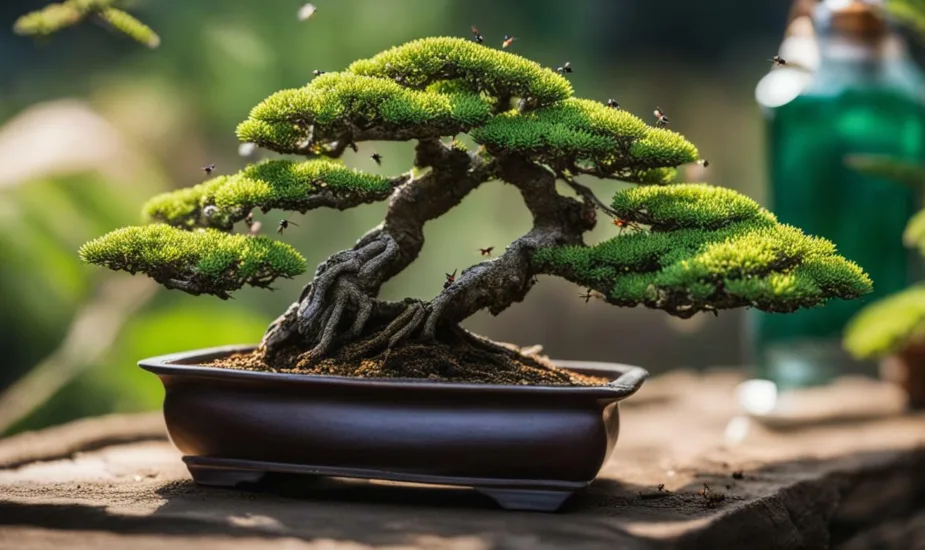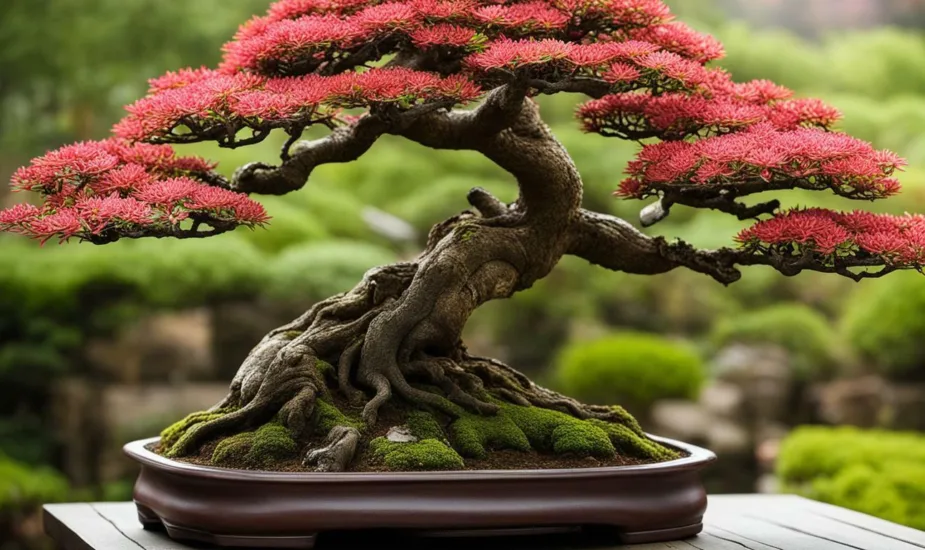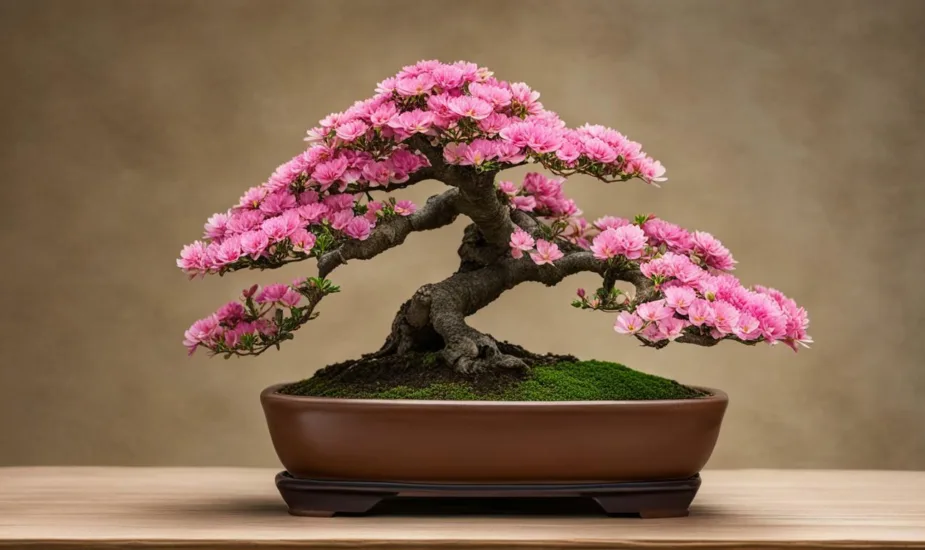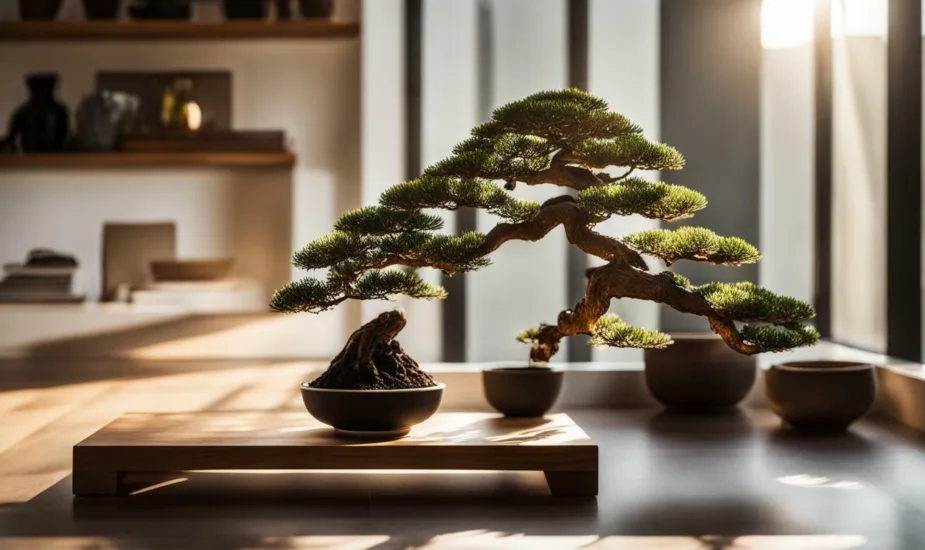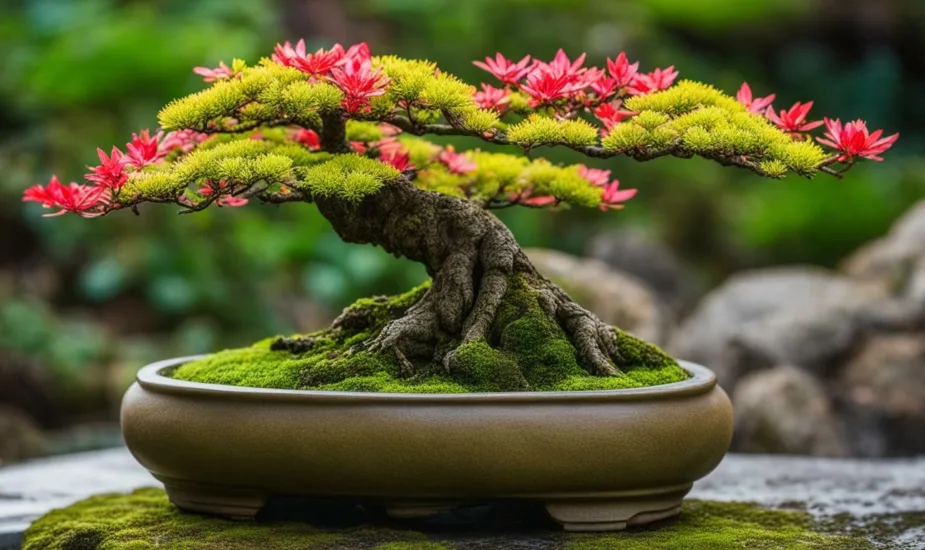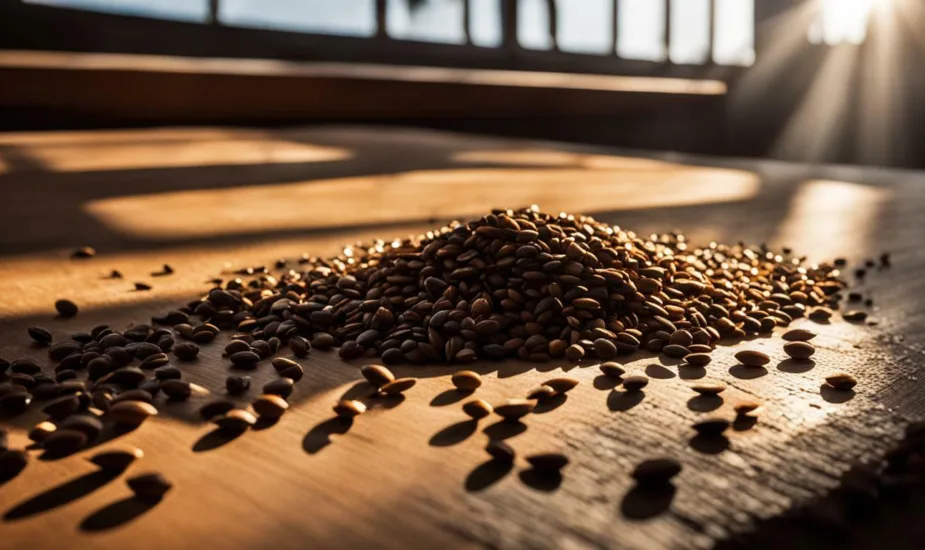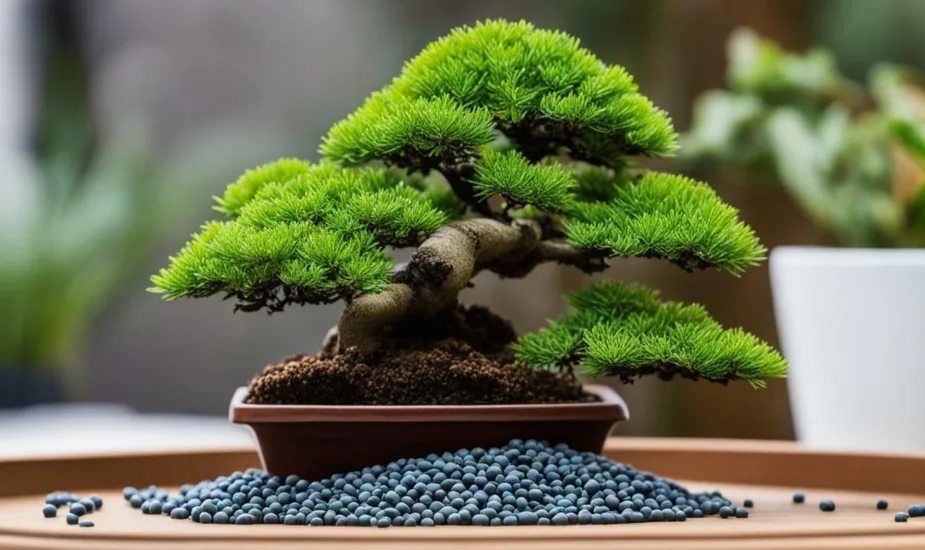Do Bonsai Trees Need Special Pots? Let’s Explore!
Bonsai trees, with their intricate beauty and delicate balance, often leave enthusiasts wondering if they require special pots to thrive. While it may seem like a mere aesthetic choice, the truth is that bonsai trees do indeed need special pots to meet the specific demands of this ancient art form.
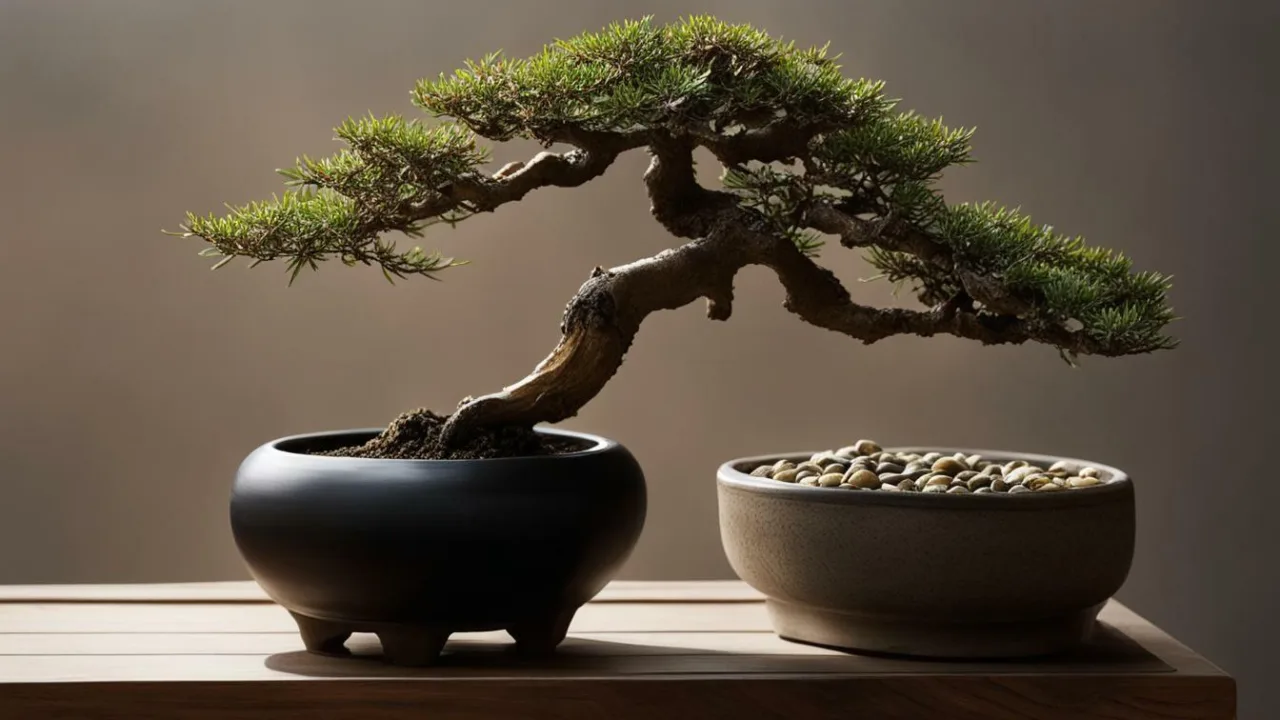
These pots play a significant role in creating the “bonsai effect” and enhancing the overall appearance of the tree.
Bonsai pots are carefully designed to contribute to the illusion that the tree has been carefully plucked from nature and shaped into a miniature masterpiece. They are shallower than traditional planters, which helps maintain the desired shape and proportion of the bonsai tree. By keeping the focus on the tree itself, the pots help showcase the elements of balance and harmony within the design.
When choosing a bonsai pot, there are several factors to consider. Pots come in various shapes, sizes, and materials, including ceramic, clay, plastic, mica, and concrete. Each material offers its own unique benefits, and the choice should complement the characteristics and style of the bonsai tree. Functionality and aesthetics should be taken into account, along with the specific needs of the tree.
Proper drainage and wiring holes are essential for the health of the bonsai tree. It is recommended to purchase pots from reputable suppliers to ensure quality and durability. Additionally, maintaining and storing bonsai pots correctly is crucial to preserving their longevity and appearance.
Key Takeaways:
- Bonsai trees require special pots to meet the specific demands of this ancient art form.
- Bonsai pots enhance the overall appearance of the tree, contributing to the illusion of a miniature masterpiece.
- Pots are shallower than traditional planters, maintaining the desired shape and proportion of the bonsai tree.
- Choosing the right pot involves considering factors such as shape, size, material, functionality, aesthetics, and the tree’s specific needs.
- Proper drainage, wiring holes, and maintenance are crucial for the health and longevity of bonsai pots.
Choosing the Ideal Pot for Bonsai: Factors to Consider
When it comes to choosing the perfect pot for your bonsai tree, several factors need to be considered for optimal growth and visual appeal. Bonsai pots are not just regular planters; they are designed specifically for bonsai trees to enhance their overall aesthetics and ensure their unique needs are met.
Bonsai pots come in various shapes, sizes, and materials, each with its own benefits. Ceramic pots are popular for their durability and ability to retain moisture, while clay pots provide good drainage and promote root health. Plastic pots are lightweight and easy to maneuver, making them suitable for beginners. Mica pots offer excellent insulation and water retention, ideal for outdoor bonsai trees. Concrete pots are sturdy and can withstand extreme weather conditions.
When choosing a pot, it’s important to consider the size and shape that complements the characteristics of your bonsai tree. The pot should neither overpower nor understate the tree, but rather create a harmonious balance. Additionally, the pot should have proper drainage and wiring holes to allow for healthy root growth and easy styling.
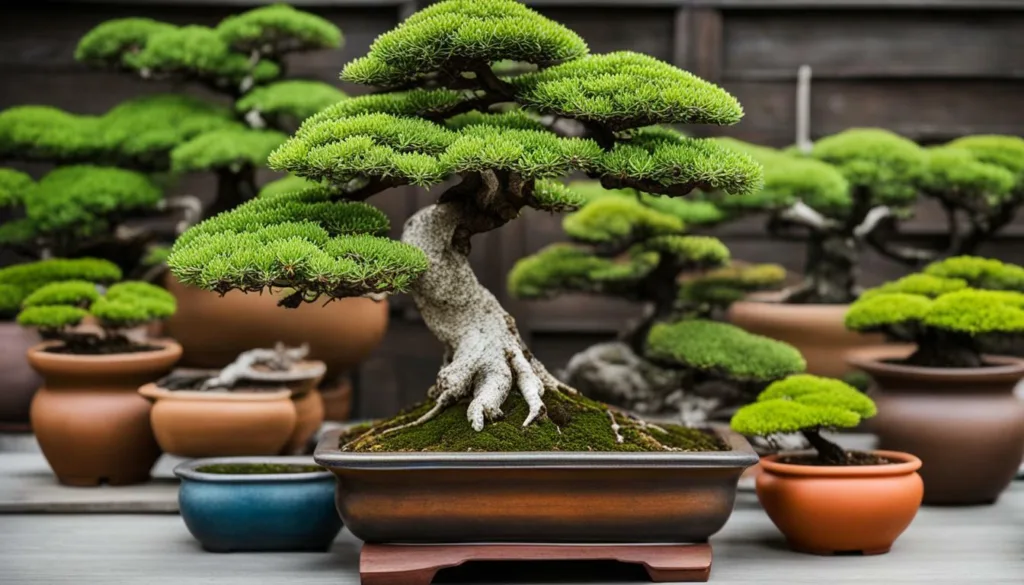
Factors to Consider when Choosing a Bonsai Pot:
- Size and shape that complements the bonsai tree
- Material that suits the tree’s needs and environment
- Proper drainage and wiring holes
- Durability and insulation properties
- Functional and aesthetic qualities
Remember, your bonsai pot is not just a container; it is an integral part of the overall bonsai composition. The pot should reflect the desired style and showcase the beauty of your miniature tree.
| Pot Material | Advantages | Disadvantages |
|---|---|---|
| Ceramic | Durable, retains moisture | Can be heavy |
| Clay | Good drainage, promotes root health | Can crack in extreme temperatures |
| Plastic | Lightweight, easy to handle | May not be as aesthetically pleasing |
| Mica | Excellent insulation, water retention | Can be expensive |
| Concrete | Sturdy, withstands weather conditions | Heavy, can be challenging to move |
By considering these factors and selecting a bonsai pot that meets your tree’s specific needs, you can enhance its overall health and appearance. Remember to always buy quality pots from reputable suppliers to ensure longevity and durability. Additionally, proper maintenance and storage of bonsai pots are essential to preserve their quality and ensure they continue to complement your miniature masterpiece.
Maintaining Bonsai Pots: Care and Storage Tips
To ensure the long-term health and beauty of your bonsai tree, it is essential to properly maintain and store the specialized pots that house these miniature masterpieces. Potting bonsai trees for optimal growth requires attention to detail and regular care.
One key aspect of maintenance is choosing the right pot selection for your bonsai trees. The size and shape of the pot should be carefully considered to complement the characteristics and style of the tree. Bonsai pots come in different materials such as ceramic, clay, plastic, mica, and concrete, each with its own benefits. It is important to select a pot with proper drainage and wiring holes to ensure the tree’s well-being.
Once you have chosen the perfect pot, proper maintenance is crucial. Regularly inspect the pot for any signs of damage or cracks, as these can affect the health of the tree. Clean the pot gently with a soft brush or cloth to remove any dirt and debris. Avoid using harsh chemicals or abrasive materials that could harm the pot’s surface.
| Maintenance Tips | Storage Tips |
|---|---|
|
|
By following these care and storage tips, you can maintain the quality and longevity of your bonsai pots, ensuring they continue to enhance the beauty and artistry of your bonsai creations.

In conclusion, bonsai trees do indeed require special pots to bring out their unique qualities and provide the necessary environment for their growth and visual impact. Bonsai pots play a significant role in creating the “bonsai effect” and meeting the specific demands of this art form. They are designed to enhance the illusion that the tree has been plucked from nature, showcasing balance and harmony.
These specialized pots are shallower than traditional planters, allowing for the maintenance of the desired tree shape and keeping the focus on the tree itself. Bonsai pots come in various shapes, sizes, and materials such as ceramic, clay, plastic, mica, and concrete. Each type has its own benefits, and it is crucial to choose a pot that complements the characteristics and style of the bonsai tree.
When selecting a bonsai pot, functionality and aesthetics should be considered alongside the specific needs of the tree. Proper drainage and wiring holes are essential for the tree’s health and development. It is recommended to purchase quality pots from reputable suppliers to ensure their durability and longevity.
Lastly, proper maintenance and storage of bonsai pots are fundamental for preserving their quality. Potting techniques that promote optimal growth, or repotting when necessary, are crucial. By paying attention to the care and storage of bonsai pots, enthusiasts can enjoy the beauty and artistry of bonsai to the fullest.
FAQ
Do bonsai trees need special pots?
Yes, bonsai trees do need special pots. The pots play a significant role in creating the “bonsai effect” and meeting the specific demands of the art form.
What is the purpose of bonsai pots?
Bonsai pots are designed to enhance the illusion that the tree has been plucked from nature and to highlight the elements of balance and harmony in the tree. They are shallower than traditional planters, which helps maintain the desired shape and keeps the focus on the tree.
What materials are bonsai pots made of?
Bonsai pots come in different shapes, sizes, and materials, including ceramic, clay, plastic, mica, and concrete, each with its own benefits. The choice of material depends on personal preference and the specific needs of the tree.
How do I choose the right bonsai pot?
The size and shape of the pot should complement the characteristics and style of the bonsai tree. It is essential to consider functionality, aesthetics, and the tree’s specific needs when selecting a bonsai pot.
What should I look for in a bonsai pot?
The pots should have proper drainage and wiring holes. It is recommended to buy quality pots from reputable suppliers to ensure durability and longevity.
How should I maintain and store bonsai pots?
Proper maintenance and storage of bonsai pots are essential to preserve their quality. It is important to follow proper potting techniques for optimal growth and to protect the health of the tree. Additionally, storing pots in a clean and dry environment will help prevent damage and extend their lifespan.
 Little Garden Tips
Little Garden Tips




